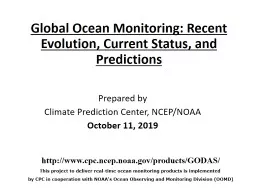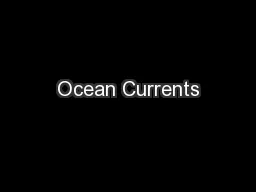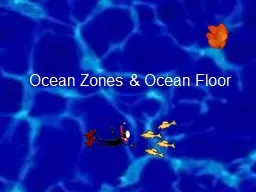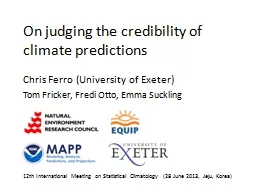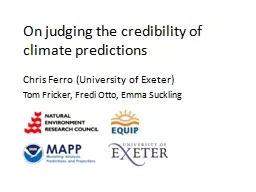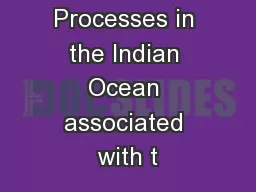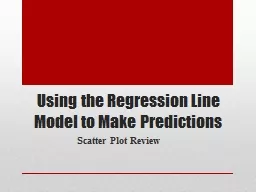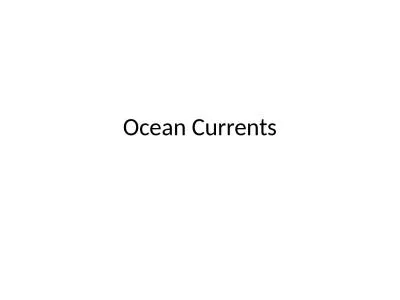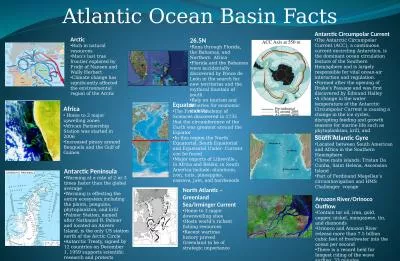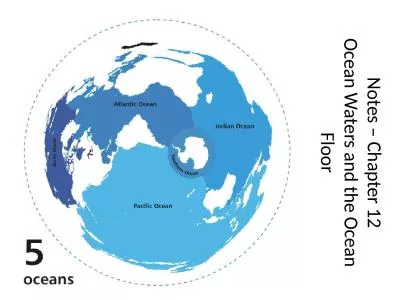PPT-Global Ocean Monitoring: Recent Evolution, Current Status, and Predictions
Author : sherrill-nordquist | Published Date : 2019-11-05
Global Ocean Monitoring Recent Evolution Current Status and Predictions Prepared by Climate Prediction Center NCEPNOAA October 11 2019 httpwwwcpcncepnoaagovproductsGODAS
Presentation Embed Code
Download Presentation
Download Presentation The PPT/PDF document "Global Ocean Monitoring: Recent Evolutio..." is the property of its rightful owner. Permission is granted to download and print the materials on this website for personal, non-commercial use only, and to display it on your personal computer provided you do not modify the materials and that you retain all copyright notices contained in the materials. By downloading content from our website, you accept the terms of this agreement.
Global Ocean Monitoring: Recent Evolution, Current Status, and Predictions: Transcript
Download Rules Of Document
"Global Ocean Monitoring: Recent Evolution, Current Status, and Predictions"The content belongs to its owner. You may download and print it for personal use, without modification, and keep all copyright notices. By downloading, you agree to these terms.
Related Documents

